How To Make Money Farming 10 Acres
Looking for ways to make homesteading income from a small piece of land? This list is full of ideas and links to help fuel your passion to make a living from home!
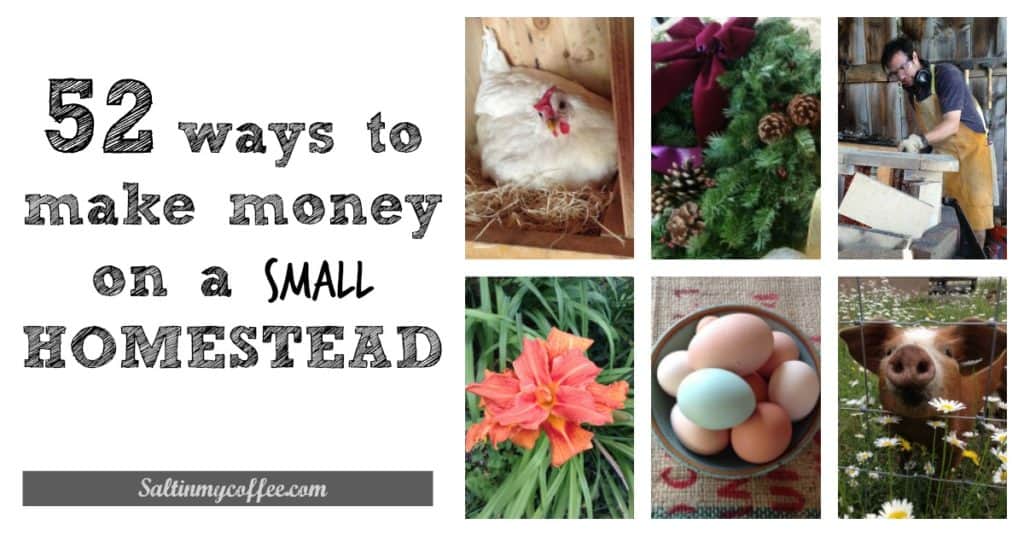
The dream of making a real living from the homestead - only venturing into the hustle and bustle of things for feed and farmers' markets, and maybe the occasional bookstore - is one I'll bet most of us share. And while it can feel elusive, I can see that each year we do get a few steps closer toward making it a reality, here at our little farm.
For us, this time of year is one of evaluation, brainstorming, and planning. With the garden harvested, and firewood in for the winter, it's important to step back and review the just-finished growing season. We tweak and change our plans for the coming year based on what we've learned, and as part of that process we brainstorm ways to continue increasing our income from home.
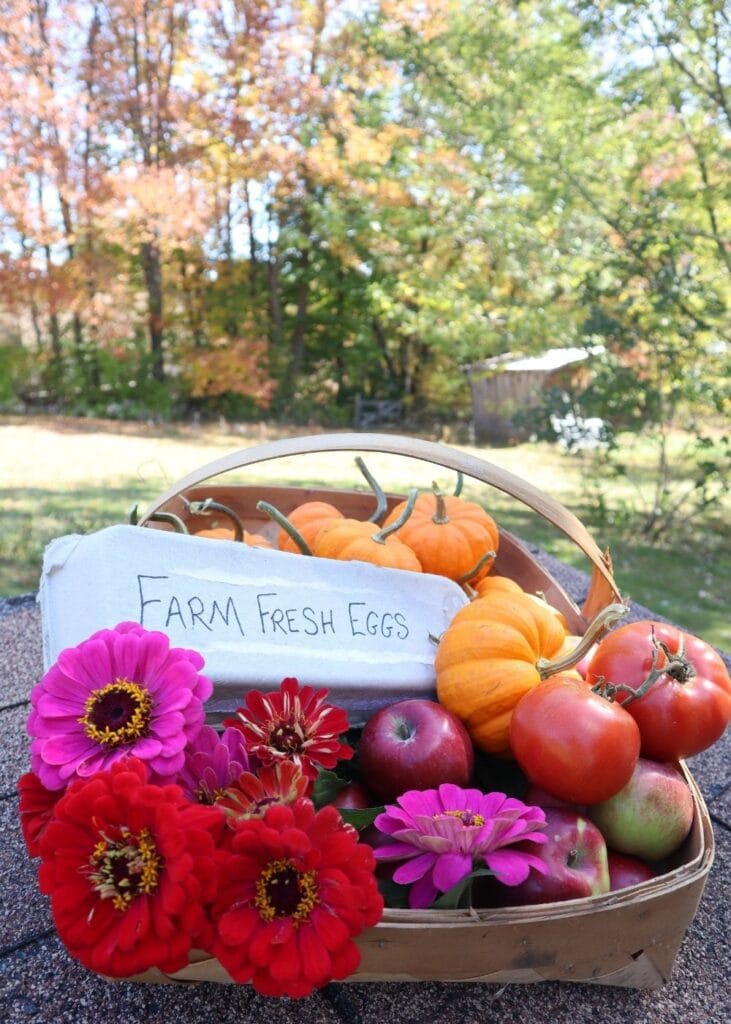
One limiting factor about our homestead, however, is its size. We're on just a tad more than two acres here, and I know we're not the only ones working with small parcels. So what follows is a list of ways to make money from the homestead - specifically geared for those with limited acreage. This means you won't see some of the usual ideas for farm income - like raising beef. I've also not included anything that requires a large outlay of capital - like establishing a commercial kitchen, or dedicated milking parlor. Instead, I've focused on endeavors that can be done with two acres of land or less, and with very little start-up cash.
Whenever possible, I've linked each idea to either my favorite online resource for getting started, or to a book that I've found especially informative. I hope you find some of these ideas helpful, as you get your own brainstorming juices flowing!
52 Ways to Make Money on a Small Homestead:
1. Vegetables. When people think of making money from a homestead, chances are, market gardening is one of the first things that comes to mind. Whether selling from a garden cart at the end of your driveway, a booth at the farmers' market, or through a CSA, that extra produce can be a good seasonal stream of income. This book has really transformed my approach to market gardening, bringing a whole new level of productivity and organization to our efforts. One other idea - if you find that even with preserving your harvest and selling the extra, you still have surplus produce - consider donating it to your local food pantry. Aside from feeling GREAT about sharing all that wonderful home-grown bounty, if your food pantry is a non-profit, you can take that donation out on your tax return. Those little things can make a difference, come tax time!
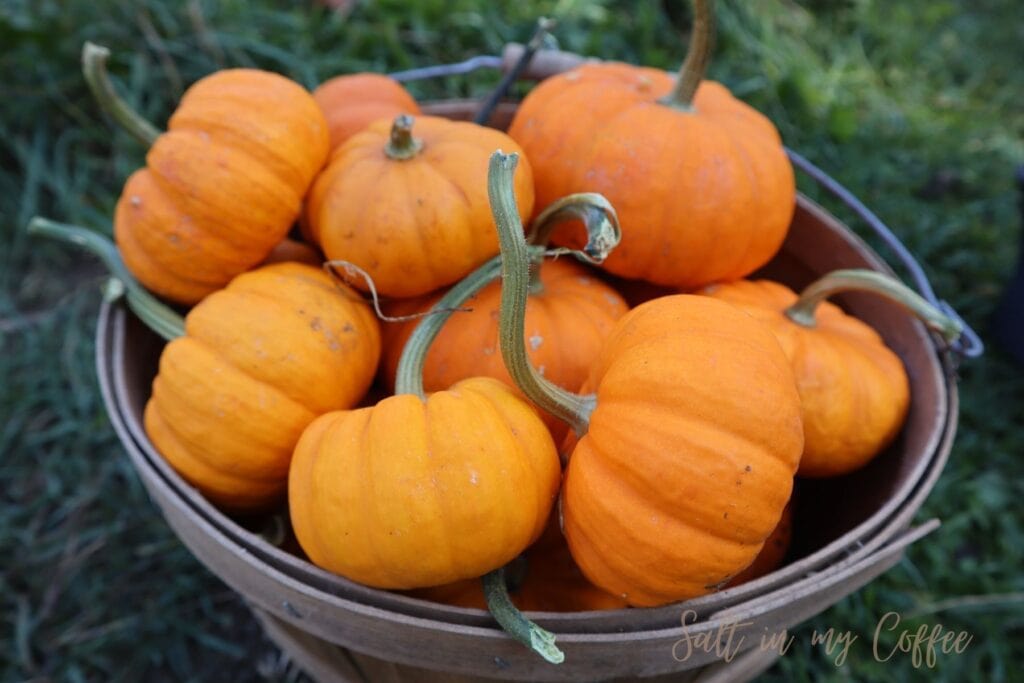
2. Cut flowers. Turns out, cut flowers can actually rival vegetables when it comes to making a profit from a market garden, especially on a small acreage. It's hard to beat 's book, The Flower Farmer, for an excellent how-to on the subject.

3. Fresh and dried herbs. Again, Lynn offers excellent guidance on growing herbs for the market garden, in this article hosted by Johnny's Selected Seeds.
4. Chinese medicinal herbs. There's a quickly growing market for sustainably grown and harvested Chinese medicinals. This book is one of my favorites about getting started growing and selling them.
5. Seed garlic. Selling garlic at the farmer's market is great, but selling premium bulbs as seed garlic to other growers can command a far higher price. Bob, over at the Online Garlic Farmer's Market, has some great tips on selling seed garlic online.
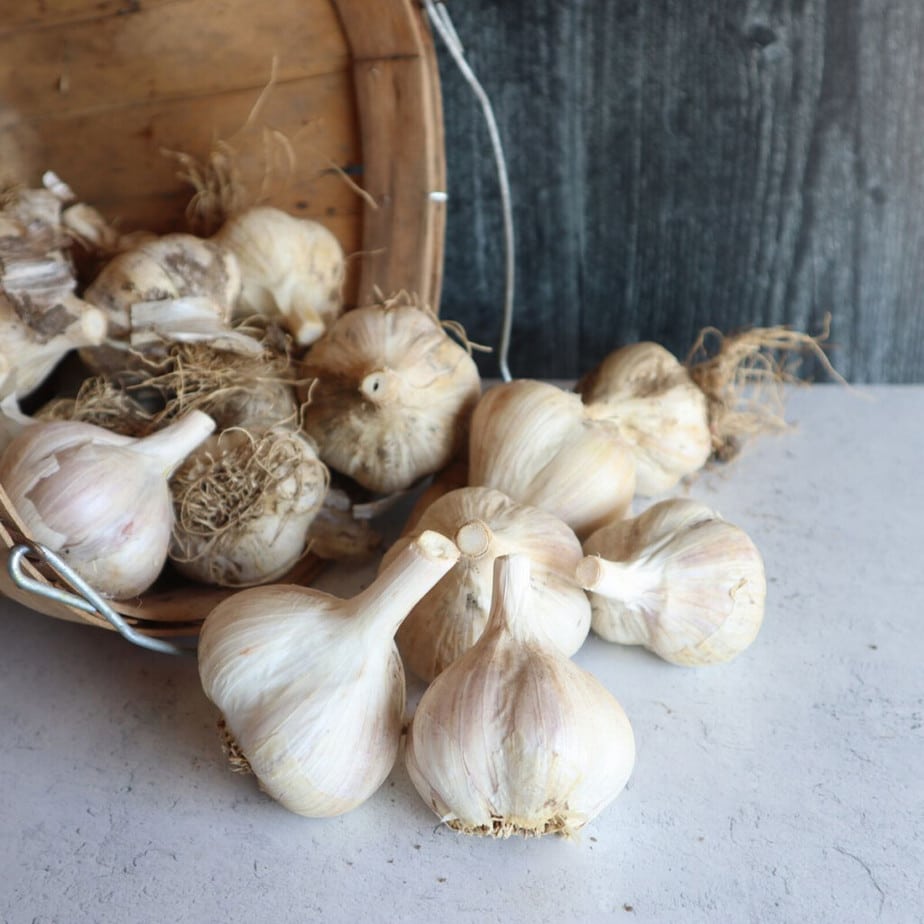
6. Blogging and freelance writing. In this digital age, there are nearly infinite ways to make a real income, writing about what you know and love. Writers Market can get you started if you're interested in writing for periodicals and online publications. Blogging has actually been an enormous blessing to our family - it's how I make a full time income in just 14 hours a week, so I can stay home and raise our little ones.
7. Youtube videos. With a decent video camera, creating your own Youtube channel of homesteading and how-to videos can offer another income stream. Youtube has a good summary of the basics for getting started here.
8. Teach a class. If you have homesteading know-how, and like working with people, why not do a little teaching? Say you have fruit trees - you need to prune them anyway. Might as well offer an afternoon pruning workshop right in your yard or orchard, and work with a handful of people to pass on a valuable skill.
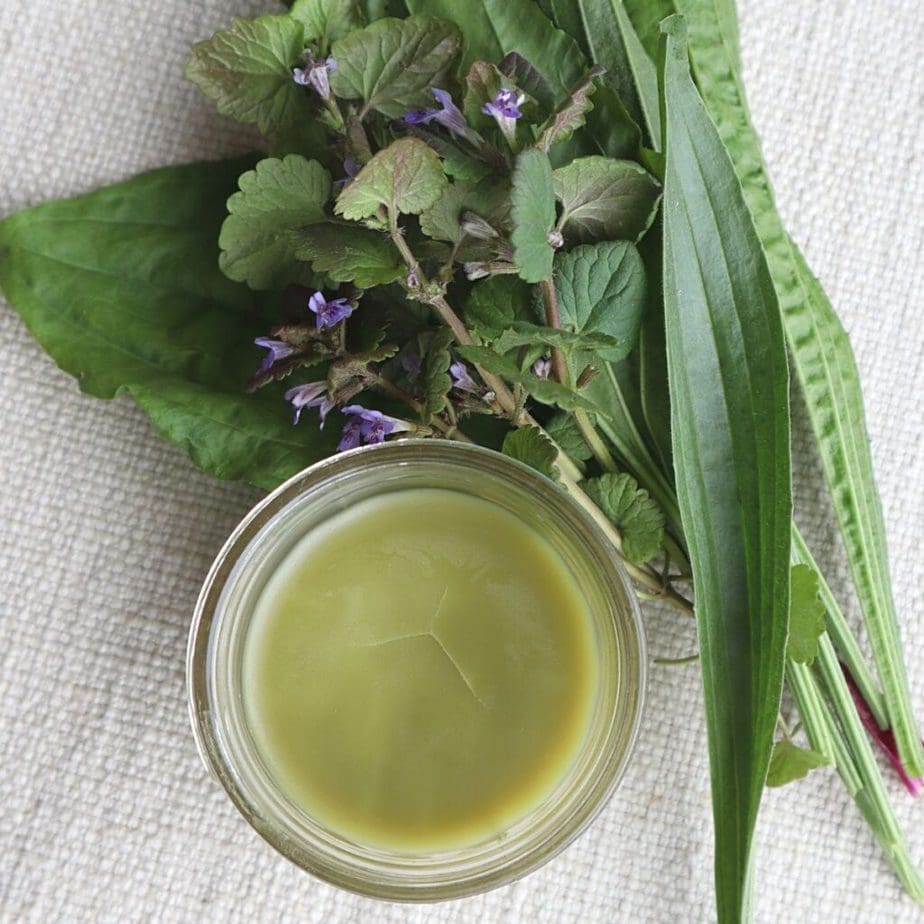
9. Feed bag totes. If you go through as much feed as we do, you probably have an endless supply of feed bags that can be upcycled into those trendy tote bags, and sold on Etsy, Ebay, or right at the farmer's market. Here's a good little video from A Nimble Thimble, on How to Make a Feed Bag Tote.
10. Orchard fruit. Especially if you opt for dwarf varieties, or prune your trees to stay small, it's amazing how many bushels of fruit can come from a very small acreage. We've found Ann Ralph's method of pruning for small trees to be a game-changer, and I also find Stefan Sobkowiak's take on permaculture orcharding to be particularly inspiring.
11. Small-scale nursery. A wonderful companion enterprise to a backyard orchard can be a small scale nursery. Because so little space is needed per tree, you can start thousands of trees and perennials in less than an acre. This interview with Akiva Silver of Twisted Tree Nursery is enough to make even those with just a postage stamp of lawn want to get started!
12. Farm fresh eggs. This one's a classic. If you have chickens, chances are, you may have more eggs than you can use. Sell the extras!
13. Day-old chicks or ducklings. If your flock includes a rooster (or drake, in the case of ducks), incubating those fertile eggs and selling the chicks can be a delightful little enterprise. It's especially rewarding if, like me, you're a hopeless hatchaholic, who can't stop hatching out more little fluffballs than you can possibly keep! Here's a post with my best tips for hatching and selling chicks for extra income .
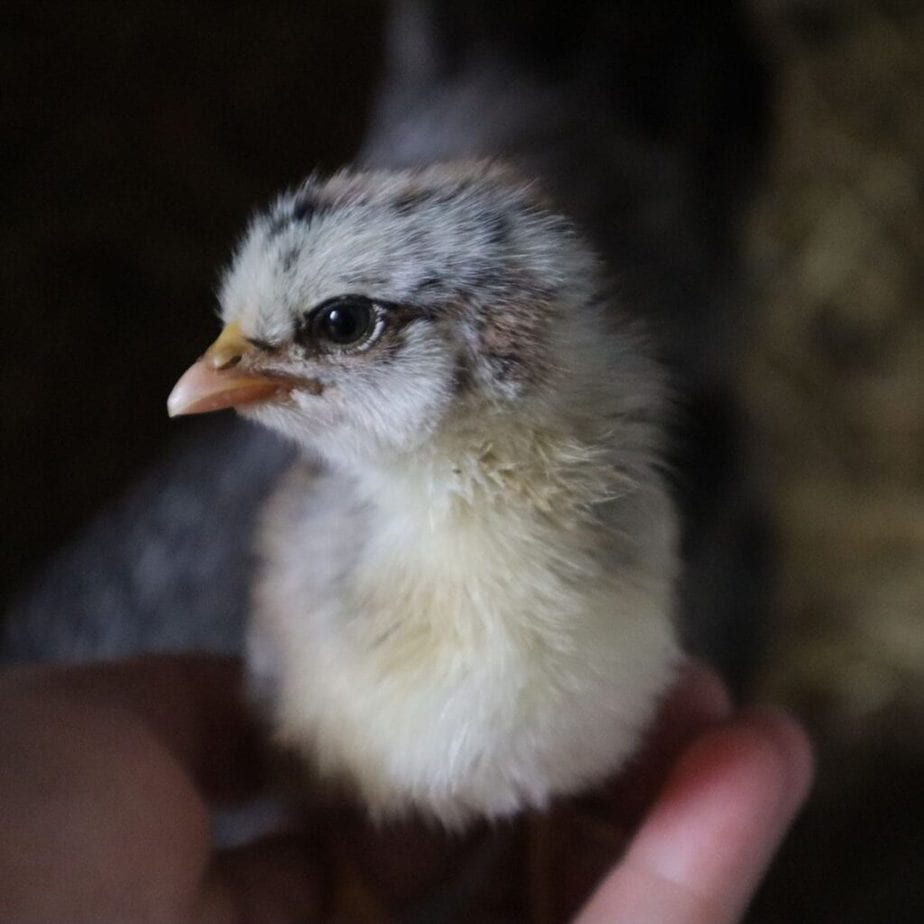
14. Fertile hatching eggs. I've found that there's a ready market for fertilized hatching eggs. Here are the best practices for collecting and storing hatching eggs . The price they command varies greatly, depending on whether your chickens are just good old barnyard mix layers, or a rare breed or show stock. If you do have a rarer breed that's highly in demand, you may find that being willing to ship can dramatically increase your clientele.
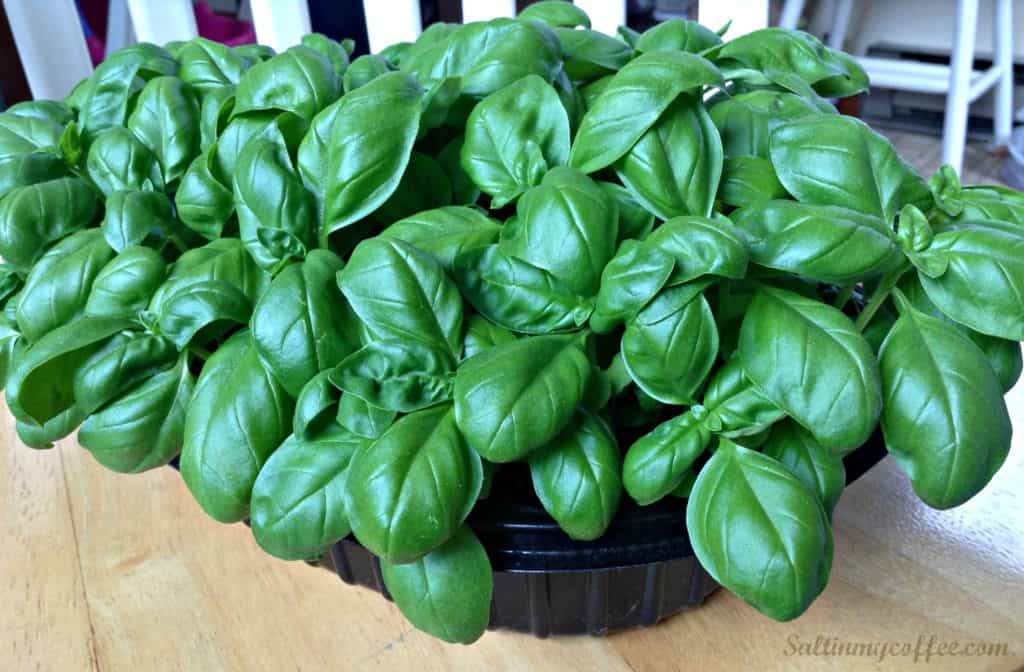
15. Seedlings. This guide to growing and selling seedlings is a wonderful jumping off point. I always start way, way, way more seedlings than I can use, so this is an idea I'm looking forward to implementing next year.
16. Plant markers. While you're growing those seedlings for sale, why not make some adorable plant markers, so you can up-sell to your customers? People love unique plant markers, and I think these tutorials for wood burned twig markers , hammered spoon markers , painted stone markers, are especially charming.
17. Handmade Soap. My hands-down favorite resource about soap making is this book from Heidi over at Healing Harvest Homestead. It has everything you need to really dive into soap making, along with good foolproof recipes, including my two favorite soaps of all-time. I'd seriously be lost without it!
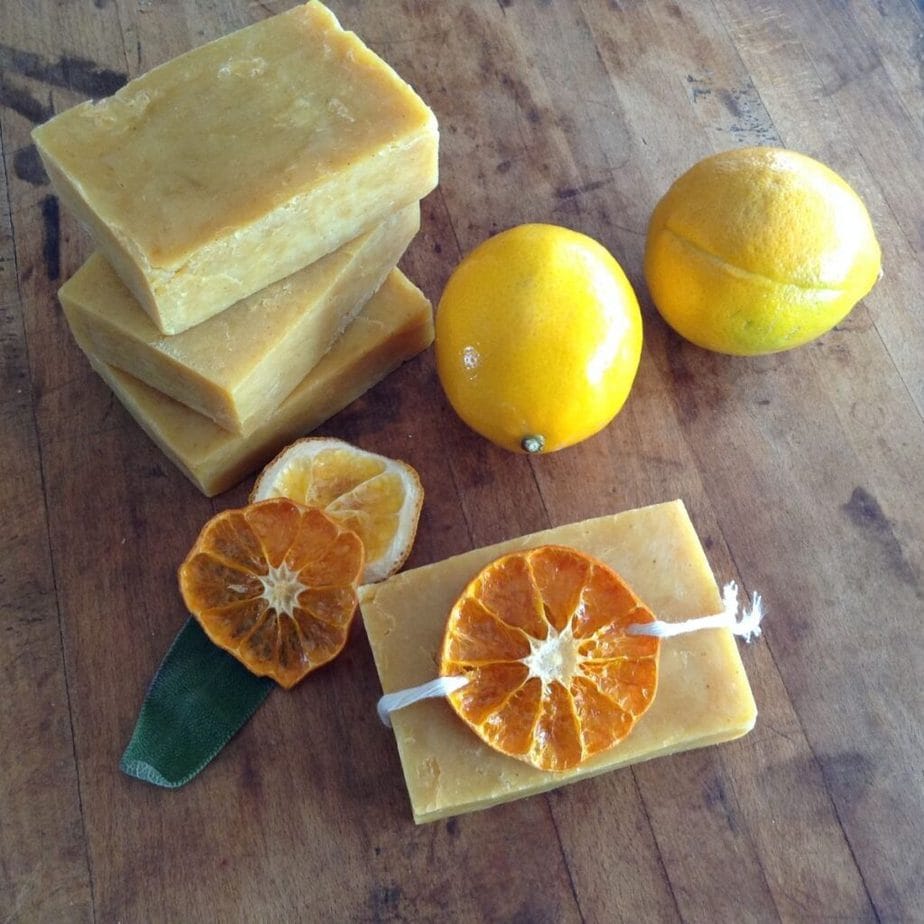
18. Honey. Sheri, over at Honeybees Online, has some excellent pointers for getting started selling honey, including how to find customers for your honey.
19. Honeycomb products. This article has some great ideas for other value-added products that can be made with honeycomb and beeswax.
20. Breeding livestock guardian dogs. Especially for those who have need of a livestock guardian anyway, breeding LGDs can be a nice recurring income stream. The "Library" page of the Livestock Guardian Dogs Association is a wonderful resource.
21. Mushrooms. The Mushroom People have an excellent guide to getting started selling mushrooms on their site.
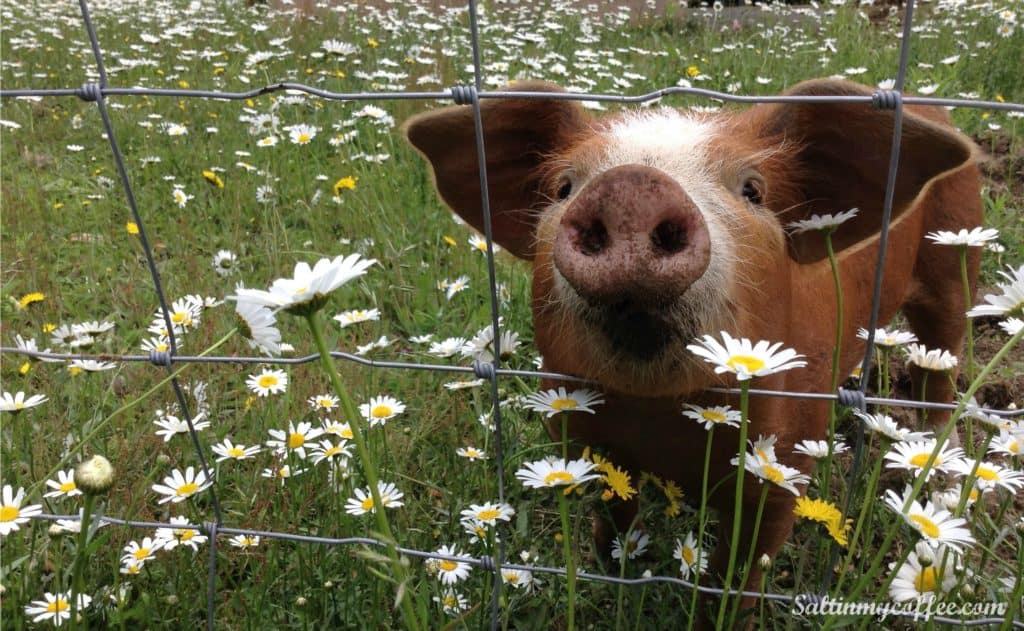
22. Pastured Pork. We have had so much fun raising pigs this year. We did a lot of reading as we were getting started, and I think Dirk van Loon's Small-Scale Pig Raising is a particularly helpful read. Also - consider reading my list of things I WISH I'd done before we brought our little porkers home for the first time!
23. Broiler rabbits. We're excited to be adding rabbits to our homestead next year, and I've found this post, by the folks at Rise and Shine Rabbitry, to be especially helpful.
24. Rabbit pelts. If you're raising rabbits for meat anyway, why not tan the pelts and sell directly to hobbyists? The good folks over at Vela Creations have what I think is hands-down one of the best tutorials for tanning your own rabbit pelts. We're about to try this for the first time this fall!
25. Stock photos. If you're fond of taking photos around the homestead, licensing some of those as stock photos might provide a nice continuing trickle of passive income. I especially like this article about getting started with selling stock photography. It has lots of good tips for building a portfolio and finding places to sell your images.
26. Broilers. It's pretty hard to beat Joel Salatin's Pastured Poulty Profits, when it comes to a great manual for getting started with raising broiler chickens. Here's my own experience with raising Cornish cross chickens for meat , where I detail every nitty-gritty expense and cost benefit of raising them.
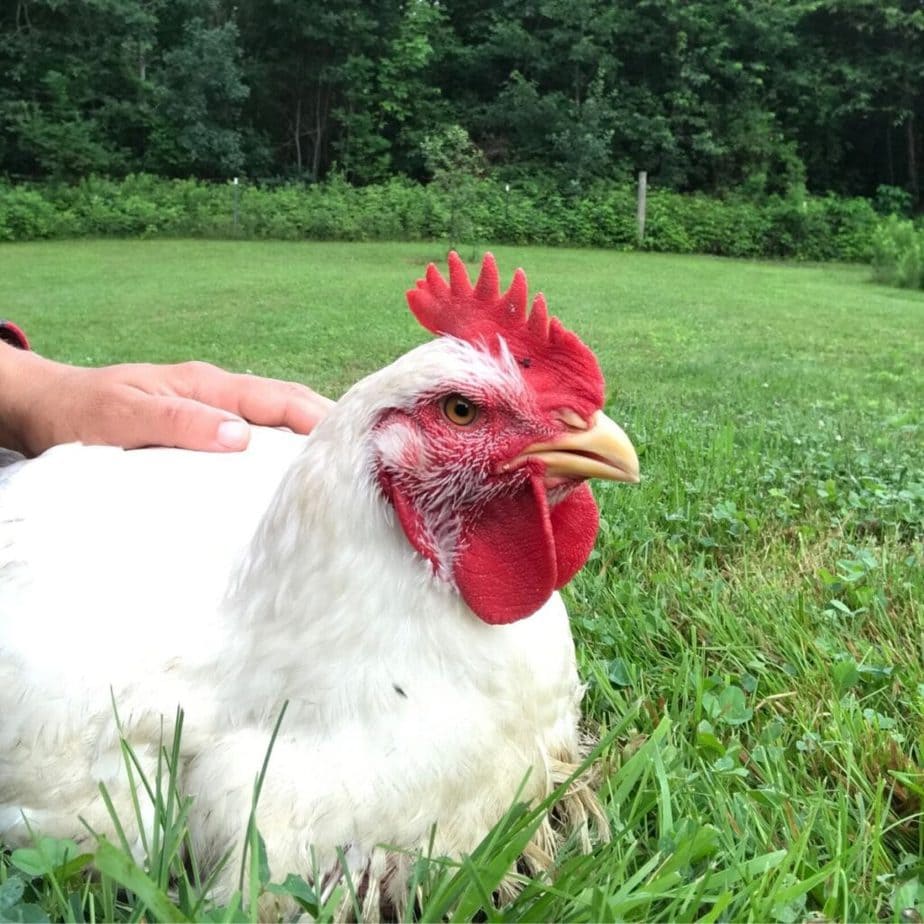
27. Turkeys. I've yet to talk the mister into letting me add a few turkeys to our backyard flock, but I've always been drawn to them, and have a feeling that one of these days we might hear some "gobble gobble" around here. Again, Salatin's work is a fantastic resource, and I also like this article about the resurgence of raising heritage turkeys.
28. Renting out poultry processing equipment. If you process your own birds and have good equipment - like killing cones, a quality feather-plucker, and even specialized knives - renting them out can provide some nice additional revenue. You might be surprised at the demand for drum-style plucker rentals. ( This is the plucker I use and love, by the way! )
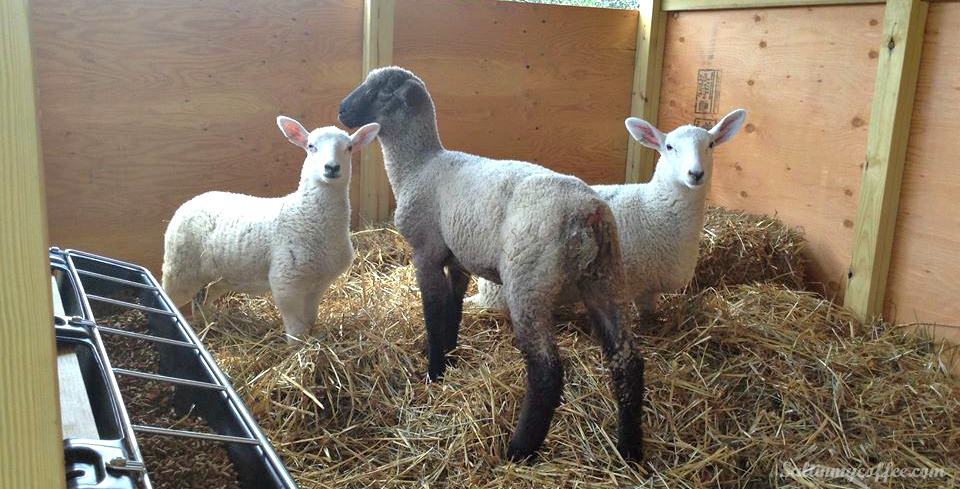
29. Pastured lamb. If you have good pasture, a few sheep can do very well even on a small homestead. We absolutely love our sheep, but have found them more challenging than our other livestock - Storey's Guide to Raising Sheep has been our go-to resource for getting started.
30. Wool. If you're raising sheep and shearing them, finding a market for that wool can be another income stream. I like these tips for helping to maximize wool quality in sheep.
31. Sheepskins. It may be 40 years old, but I really love this how-to piece on tanning sheepskins, by Roberta Kirberger. Last time I saw these offered at a farmer's market, they were going for well over $100, and sold out faster than the sweet corn!
32. Stud Services. If you keep a boar, ram or buck - especially if he's registered and from a desirable breed - renting out his services could be an additional income.
33. Berries. We're slowly adding to our berry plantings each year, and look forward to having enough to sell in a couple of years. I've found this free publication from ATTRA to be a helpful resource for getting started.
34. Strawberry plants. Much like selling seedlings, but slightly more labor intensive. If you've got an established bed of strawberries, you know how many runners those plants put out. Intentionally rooting those runners as new plants can give a nice supply of strawberry plants to offer for sale in the spring. This site has good tips on propagation.
35. Manure. Extra manure can be such a welcome resource for local gardeners. If you don't have an enough to offer it by the truckload, even just filling old feed bags and offering them for sale at the end of the driveway has worked well for many the small farm in our area.
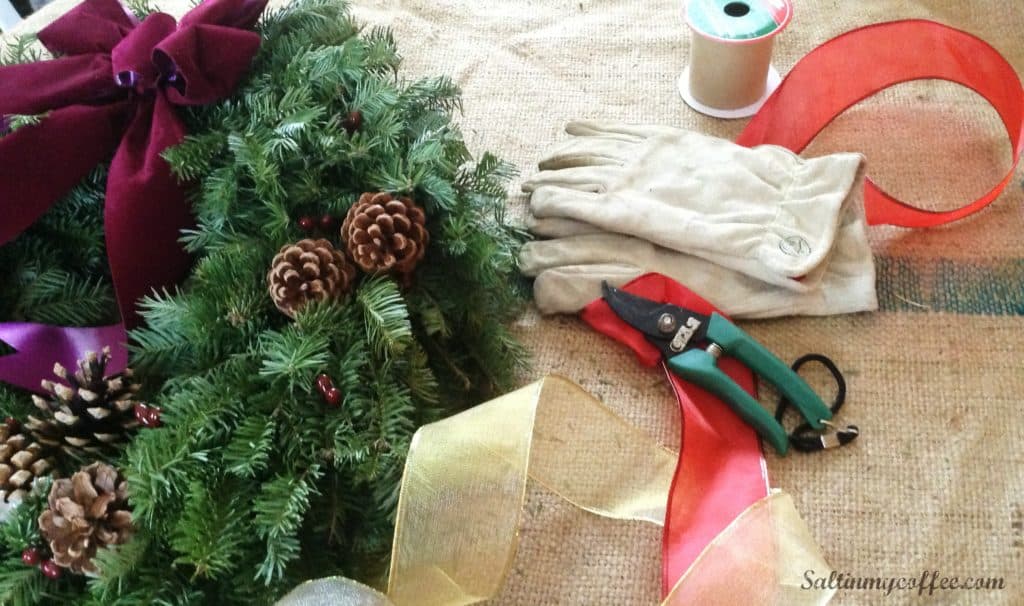
36. Wreaths. If you have a good free supply of evergreens or grapevines, and love making your own wreaths, this one's a no-brainer. Selling them through Etsy and at craft fairs, and directly marketing to local businesses, can all be good ways to add up some seasonal cash.
37. Woody ornamentals. Have you ever thought of selling dogwood, holly, or pussy willows, by the stem? Especially if you like to maintain a hearty buffer zone between your home and the road or neighboring properties, using desirable woody ornamentals for your plantings can build a self-perpetuating stream of income for your homestead. This little write-up about getting started is one that we've found helpful!
38. Jams and Jellies. This guide to cottage food laws will help you know what the guidelines are for selling tasty homemade food items in your state.
39. Quail. These delectable little birds are table-ready at just 6-8 weeks of age. Talk about a quick return on investment! As I've explored the idea of adding quail to our menagerie, I've enjoyed this post, enhanced by plenty of photos, offered from the good folks over at High Lonesome Homestead.
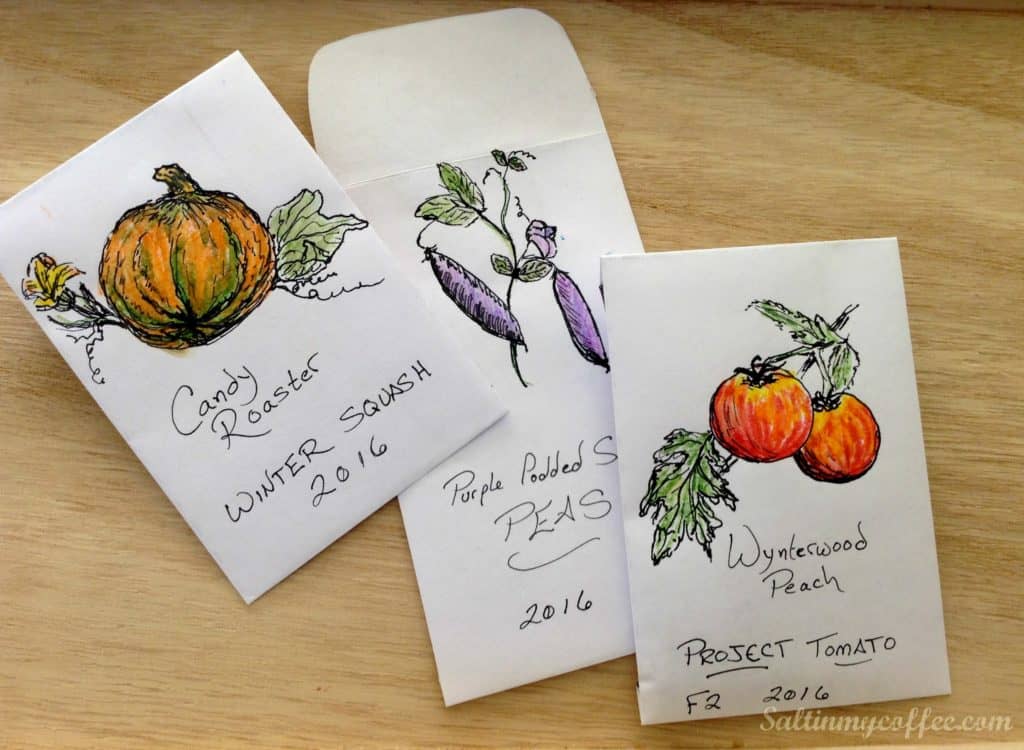
40. Saving and selling seeds. Dan Brisebois shares his down-to-earth story of getting started raising crops for seed in this helpful post.
41. Wooden spoon blanks. This is one that could piggy-back off of a backyard orchard. If you're pruning good hardwoods like apple or maple anyway, might as well keep any desirable crooks from the pruned wood - these are wonderful carving out wooden spoons, and you can offer them for sale on Etsy or Ebay. This tutorial is the best I've seen on selecting wood for spoon carving.
42. Grapes. Local table grapes are much less common at farmers markets than, say, heirloom tomatoes, and demand a good price. High end restaurants love them. And if you're in an area with small scale wineries and grow the right varietals, there's a good chance you might be able to supply them with better grapes than what they may be shipping in. There's lots of great information out there about getting established with small scale grape growing, and this book is a solid place to start.
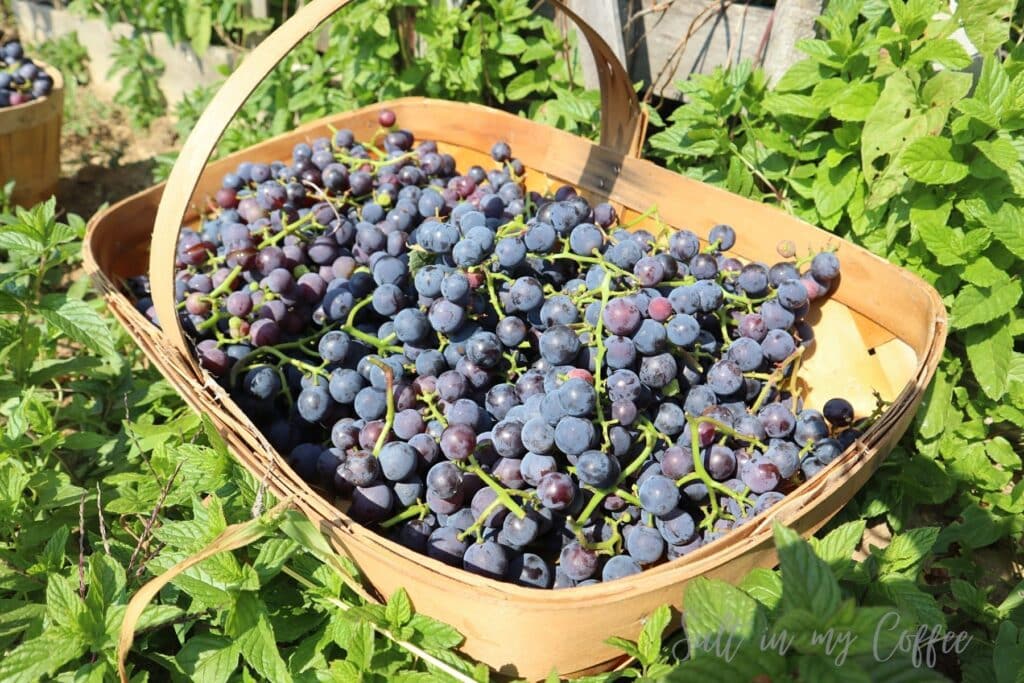
43. Custom milling. With a good tabletop mill, and locally-sourced grain, it's easy to offer desirable custom-milled flours at the farmers' markets.
44. Foraging for profit. I really like Alan Muscat's perspective in this interview.
45. Metalsmithing. This has been a fun one for us - I love having my very own blacksmith, and Dan has really been making some beautiful things. When he was first setting up his shop, this was a book he found particularly helpful.
46. Pallet-wood furniture or signs. If you make a trip to the grain store every week or two, you may have noticed a perpetual pile of free pallets by the dumpster. While they're fabulous for building low-cost fencing and animal shelters, they can also be easily upcycled into simple pieces of furniture or signs.
47. Raising pigeons. Growing up in depression-era Baltimore, my grandfather used to catch squabs (young pigeons), and cook them up for his young cronies. How ironic that what was once a subsistence food has now begun to grace the white tablecloths of many high-end restaurants! this site as a good place to explore the idea of raising pigeons for profit.
48. Maple Syrup (and other tree syrups). Having maples, birches, or even walnut trees on the homestead can open up another possible revenue stream. I grew up looking forward to every February as a time for making maple syrup, and it's such a delightful endeavor for that slightly dreary, end-of-winter season. This book is a fabulous introduction to the art of making syrup and sugar from tree sap.
49. Daylilies. I never knew how passionate daylily aficionados could be, until the day I offered a few extra rhizomes on Craigslist. They were in the way of my new rhubarb bed, and it seemed like a good idea. Wowzers. People love lilies! My inbox was full for days. They're easy to propagate, and - in my experience anyway, practically sell themselves. This blog offers one of the best guides to daylily propagation that I've seen.
50. Building coops, cages, and grow-out runs. If you have critters, chances are, you've gotten pretty good at working with wood and wire to efficiently build small pens, cages, nesting boxes, and the like. Next time you whip up a cage for a rabbit, or a grow-out pen for the broilers, try making an extra or two, and post them in your local farming facebook group - I think you'll be stunned at how quickly they sell. This tutorial from Kevin and Dani over at the Adventure Bite is where we got the plans for our chicken run, and I am constantly being asked if I sell them. Next year!
51. Bug farming. I'm totally serious, folks. While there will always be a market for crickets and mealworms at your local petstore, there's also a rapidly growing restaurant market for the little critters. And talk about a side business that doesn't require a lot of space - even a closet is enough room to get off to a good start. Check out Tiny Farms and Open Bug Farm Project to see what I'm talking about.
52. Christmas trees. I used to assume that lots of acreage was a requisite for a Christmas tree farm, but turns out that even an acre can support 1,500 fir trees, if grown with a goal height of 5-7'. Allowing for yearly turnover, and at average prices, that works out to about $9,000 worth of trees every year, in just an acre of space. I especially like this site for tips about getting started.
By no means is this an exhaustive list, but I do hope it serves as some inspiration to fuel your own brainstorming sessions. I'd LOVE to hear your own ideas and suggestions for making money on a small homestead - leave me a comment below!
Save
Save
Save
Save
Save
Save
Save
Save
How To Make Money Farming 10 Acres
Source: https://saltinmycoffee.com/make-money-on-a-small-homestead/
Posted by: dobbinshimpat.blogspot.com

0 Response to "How To Make Money Farming 10 Acres"
Post a Comment